This post is part of a larger deep dive
Curious about the role of the sleep stages and their role in dreaming, the meaning of dreams and lucid dreaming in Paprika? Check out Paprika Explained!
Or read the full Paprika article!
This post is part of a larger deep dive
Curious about the role of the sleep stages and their role in dreaming, the meaning of dreams and lucid dreaming in Paprika? Check out Paprika Explained!
Or read the full Paprika article!
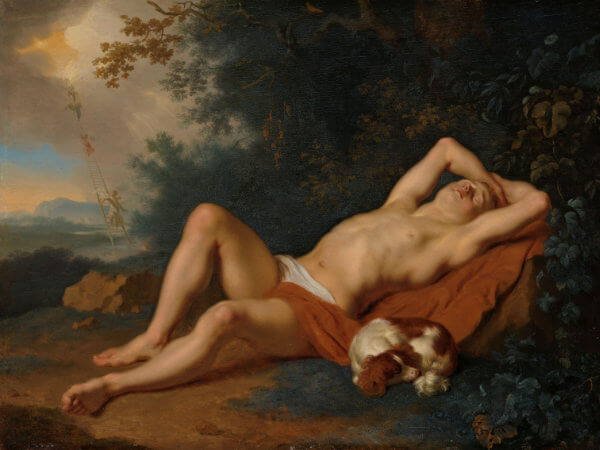
Prior to the 18th century, dreams had a purely metaphysical or spiritual explanation. People believed that dreams originated from supernatural forces and, therefore, that they contained divine messages or presages of some future events.
However, when it comes to the meaning of dreams, most of us will probably think of the widely popular dream theory of Austrian psychoanalyst Sigmund Freud.
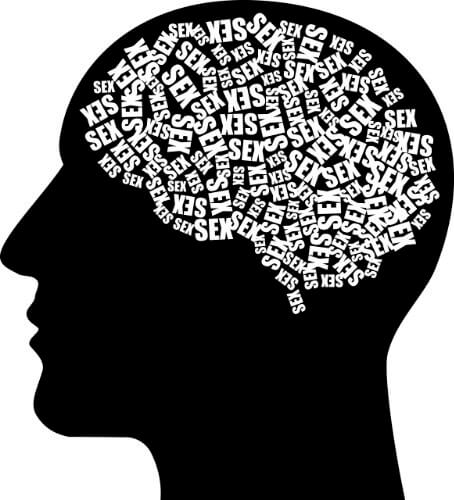
In short, Freud asserted that dreams had two functions:
1) to allow the expression of repressed (sexual) wishes that had been formulated during childhood
2) to protect sleepers from being disturbed
Freud believed that (mostly sexual) wishes that were too embarrassing or disturbing for us to deal with, were locked away in the unconscious. To prevent sleepers from waking up due to this disconcerting material, the psyche positioned a censor that prevented this offending material from reaching consciousness.
The problem is that if repressed wishes stay in the unconscious for long, they start to wreak havoc. If they succeeded in resurfacing to conscious awareness, the individual would begin to experience symptoms (the infamous hysteria was, according to Freud, the result of repressed wishes that managed to reach consciouness, disguised as symptoms).
So, during sleep, when the censor is far less effective, these repressed wishes would find a way to be expressed. But remember, these wishes are so disturbing that, if people were aware of them, they would be terribly shocked and ashamed.
So, to prevent wishes from being expressed in full during sleep and causing people to wake up, another censor (the dreamwork) distorted the repressed wishes to such an extent that they became unrecognisable.
And there you go, on the one side, unconscious wishes would still be fulfilled (if partly), releasing some of the sexual tension lurking in the unconscious. On the other hand, due to the dreamwork, sleepers could go on sleeping undisturbed, happily oblivious of their most shameful secrets.
Hats off to Freud for putting on such a creative theory!
Although being popular in the entertainment business, the Freudian theory of dreams has been harshly criticised by the scientific community.
First, it is unfalsifiable: we can neither prove nor disprove his theory, as there is no clear way in which researchers can make predictions to test the main tenets of this theory.
Second, experiments in which psychoanalysis interpreted the same dream have led to markedly different interpretations with no similarities whatsoever, calling into question the reliability of these interpretations.

Another theory that was quick to catch on was that of Swiss Psychoanalyst Carl Jung.
Although Freud and Jung were contemporaries and initially enjoyed a good relationship, they parted ways after a series of disagreements between the two.
Jung’s dream theory was covered in detail in our article about Mulholland Dr (be sure to check that), but I’ll explain the theory here in a few paragraphs.
As I mentioned above, Freud believed that dreams were the consequence of the dreamwork distorting the content of embarrassing and disturbing wishes surfacing into consciousness. Jung, however, considered Freud’s dream theory outdated and too narrow in scope.
Jung viewed dreams as a rather ingenious way our psyche found to keep us informed on our mental health. Thus, to Jung, dreams contained messages from the unconscious that indicated which aspects of our behaviour we should modify in order to restore balance in our psyche.
Jung proposed the existence of a personal unconscious as well as a collective unconscious.
The Personal Unconscious is similar to Freud’s definition of the Unconscious: it is the location of memories that have been conscious at some point, but have been now relegated to the unconscious. These include recent memories that can still be brought to mind (e.g., a forgotten name) and/or repressed content (e.g., childhood trauma, unconscious wishes).
The Collective Unconscious, on the other hand, is unique to Jung’s theory. This is the place where mental templates, inherited from our ancestors, resided. Jung termed these templates “archetypes” and he argued that every single one of us was born with them.
In dreams, archetypes take the form of figures representing some aspect of our personalities. For example, the archetype of the Great Mother symbolises our capacity for nurturing. The archetype of the Wise Old Man reflects our inner knowledge and intuition.
The idea was that an archetype would always appear in dreams whenever there was an imbalance in our psyche.
For example, if you have been working like crazy and rarely see your partner and children, the Great Mother archetype could appear in your dreams as your own mother comforting you. This might alert you that you need to be more affectionate towards your family.
Another example: let’s say I’m torn between a job offer in Barcelona and one in Madrid. We might dream we get lost in a mountain, but a hermit (a possible image of the Wise Old Man archetype) appears, pointing me in the direction of an enormous cathedral (symbolising the Sagrada Familia). Perhaps my unconscious decides that Barcelona would provide a most welcome revitalisation.
Note that these archetypes draw their energy from our personal and cultural experiences, so they show us what our unconscious mind believes is the correct decision.
As captivating as it might be, Jung’s theory of dreams suffers from many of the same problems as Freud’s theory, most importantly, the lack of clear hypotheses that could support or falsify it.
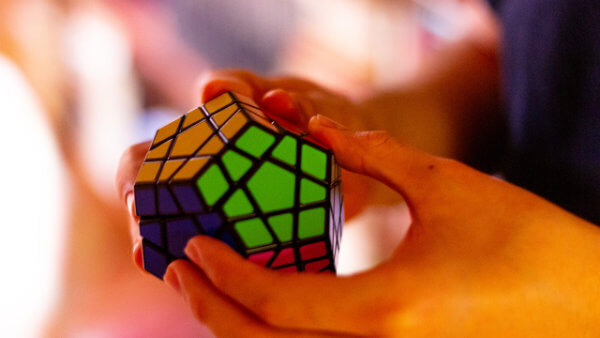
The idea that dreaming aids in creativity is nothing new. Many famous works of art have been inspired by the dreams of their makers. For example, the melting clocks of Dali’s famous painting “The Persistence of Memory” are believed to have emerged during his dreams.
There have also been proponents of the idea that just as dreams can help you create something awe-inspiring, they might also help you solve real-life problems and even have breakthroughs.
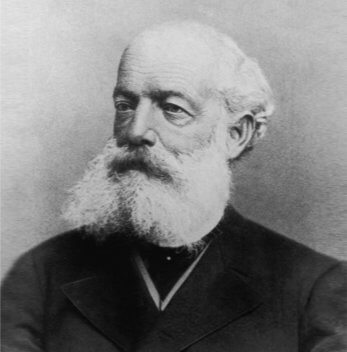
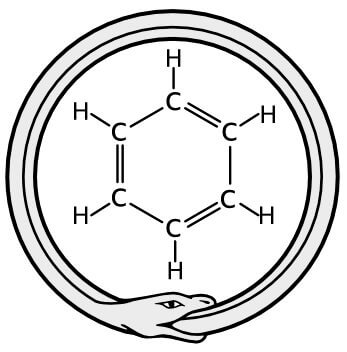
One of the most amusing examples of dreams as problem solvers is that of the discovery of the structure of benzene (C6H6) by German chemist August Kekulé.
Kekulé knew that benzene consisted of six carbon atoms each attached to a hydrogen atom, but how these six carbon and hydrogen atoms arranged to form the molecule had eluded him. None of the configurations he came up with made any sense because they violated the rules of chemical valence.
Then Kekulé had a revealing dream. He dreamt that the atoms were dancing before his eyes forming structures resembling snakes in motion. Suddenly, one of the snakes bit its own tail (like an Ouroboros, see figure above), playfully spinning before an incredulous Kekulé, at which point he woke up.
The Ouroboros gave Kekulé the idea to re-arrange the carbon atoms of benzene in a way such that each atom would be attached to two others, forming a hexagon ring (see figure above). The structure was completely bizarre in Chemistry at the time, but it was correct!
Even if Kekulé’s account has been greatly dramatised, controlled experimental studies have shown that dreaming about certain problems can be beneficial for their resolution. For example, subjects who had navigated a virtual maze prior to taking a nap, showed significant memory improvements later in the task if they had specifically dreamt about the elements of the maze.
Still, scientists suspect that most of these problem-solving dreams come from N1 sleep (which are a tiny portion of dreams we have throughout the night). In fact, dreams that actually solve any real problems are extremely rare. Such insights often only come after their dreamers had pondered about the problem for days, weeks or even months.
Below is a non-exaustive list of names of famous people whose inventions and artistic works were inspired by their dreams:
Leave a comment
Add Your Recommendations
Popular Tags